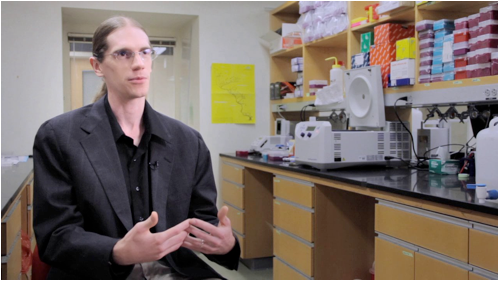Curtis Huttenhower and his team have received a great deal of press over the past week upon publishing their new study on the Boston subway system, “Urban Transit System Microbial Communities Differ by Surface Type and Interaction with Humans and the Environment.”
The study is the first high-precision microbial survey in a mass-transit environment to look at multiple surface types and materials. Detailed data was collected on each surface type and samples were studied using metagenomic sequencing.
Upon their analysis Curtis says “we were surprised to find that the microbes that we collected of surfaces that people touch—and sometimes sneeze on—had low numbers of worrisome pathogens or antibiotic resistance genes. These environments have drastically lower virulence profiles, in fact, than are observed in a typical human gut.”
The findings are consistent with previous microbial DNA sequencing-based studies that have revealed that microbial communities in the built environment are greatly influenced by their human occupants. Further study of the separate influences of human contact, surface type, and surface material will help identify mechanisms through which microbial communities form and persist on surfaces within built environments.
“Our next steps are to find out which microbes are dead or alive and which can be transferred between people,” said first author Tiffany Hsu.




